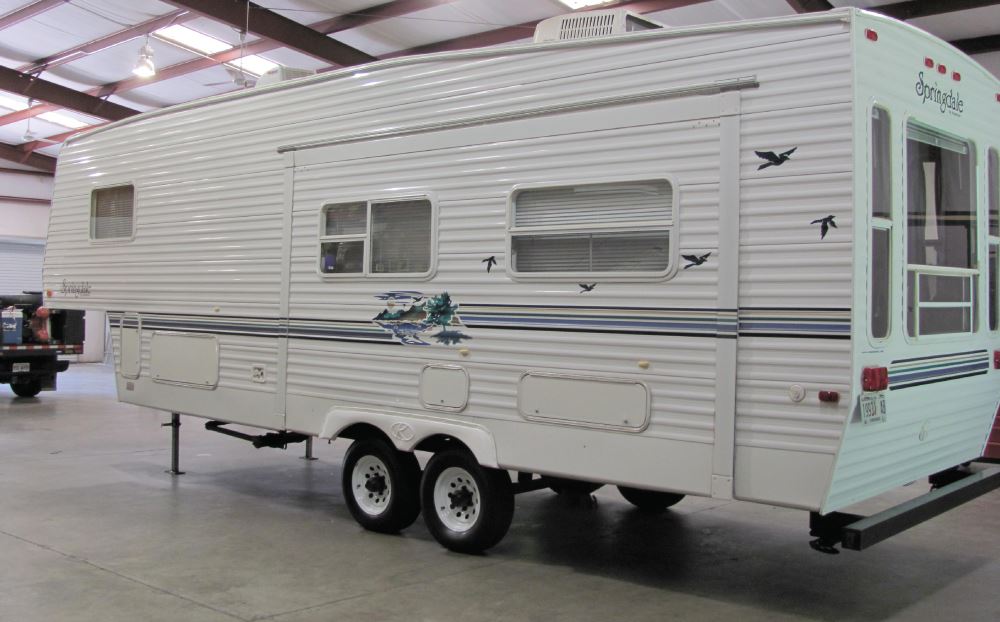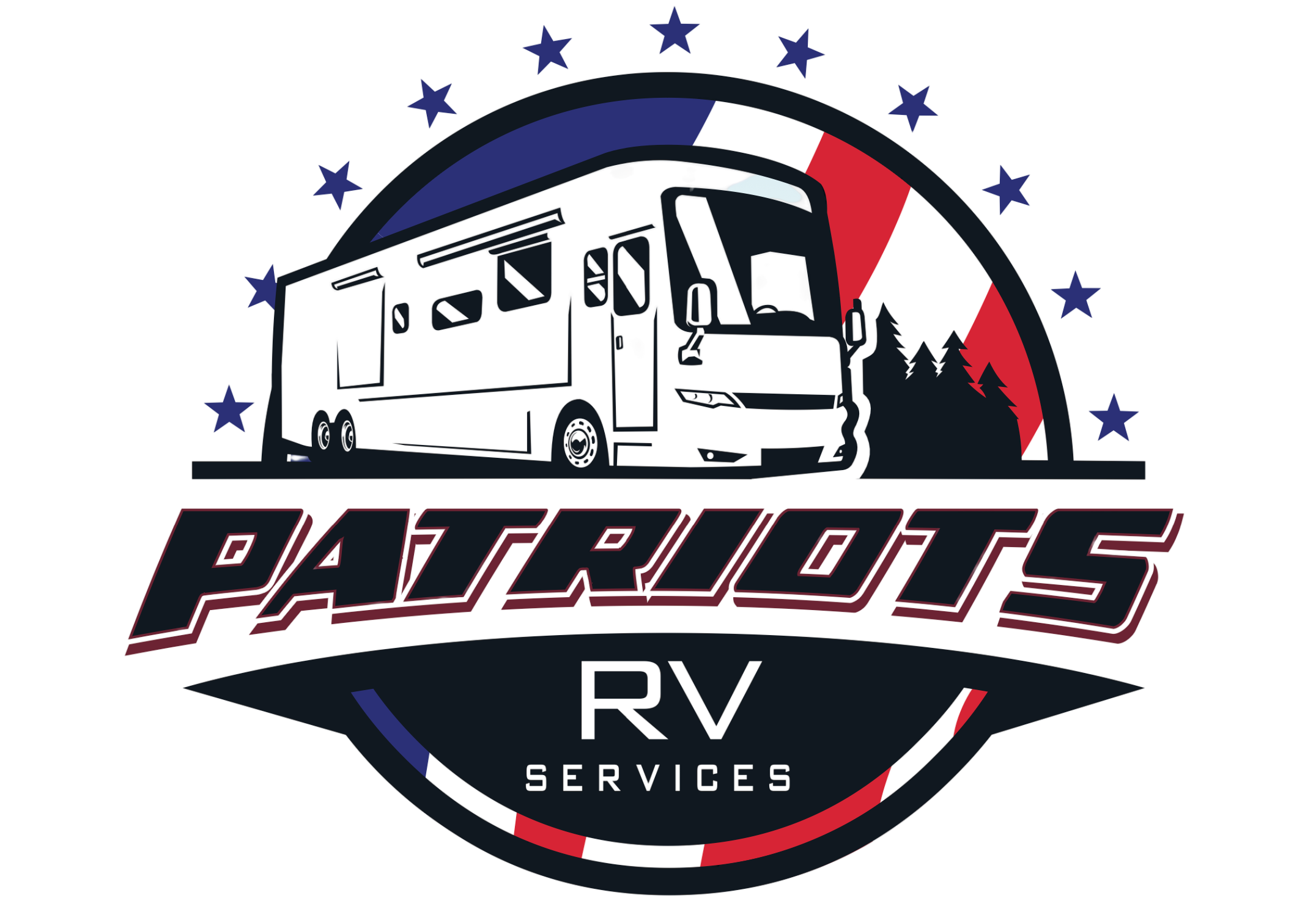How to Paint RV Exterior Fiberglass: Step-by-Step Guide

Finding a quality RV service center for painting work can be expensive, so many RV owners choose to paint their exterior fiberglass themselves. This guide walks you through each step of the painting process from start to finish. You’ll learn how to prepare the surface, apply primer and paint, and add protective coatings. The process requires patience and attention to detail, but the results can save you money while giving your RV a fresh new look. With the right tools and techniques, you can achieve professional-quality results at home.
Surface Preparation
Start by cleaning the RV exterior thoroughly with mild soap and water. Remove all dirt, grime, and old wax from the fiberglass surface. Let it dry completely before moving to the next step. Check for cracks, chips, or other damage on the surface. Fix any problems using a fiberglass repair kit and follow the kit’s instructions. Once repairs are dry, sand the entire surface with fine sandpaper. This creates a rough texture that helps paint stick better. Wipe away all dust with a clean cloth when finished. Good surface prep is the key to a paint job that will last for years.
Masking and Taping
Cover all areas you don’t want to paint before you start. Use good-quality painter’s tape on windows, trim, lights, and other parts. Clean these areas first so the tape sticks well. Press the tape edges down firmly to stop paint from getting underneath. For windows, use a sharp blade to cut the tape for clean, straight lines. Take your time with this step because it makes a big difference in the overall professionalism of your finished paint job. Remove the tape while the paint is still slightly wet for the cleanest edges.
Primer Application
Make sure the surface is clean and completely dry before applying primer. Stir the primer well to mix it properly. Use a good brush or paint sprayer to apply thin, even coats. Work on small sections at a time to avoid drips and uneven spots. Let each coat dry completely before adding the next one. Check your work and touch up any missed areas. A good primer helps the paint stick better and last longer. Don’t rush this step – proper priming is what makes the difference between a paint job that lasts and one that peels off in a few years.
Painting Techniques
Wait for the primer to dry completely before painting. Use a paint sprayer for the best results and smoothest finish. Hold the sprayer 8-12 inches from the surface and move in steady, overlapping passes. Start at the top and work your way down in small sections. Apply thin coats rather than trying to cover everything in one thick coat. Let each coat dry before applying the next one. Follow the paint manufacturer’s directions for the number of coats required. Keep the sprayer moving to avoid drips and uneven coverage. Take breaks between coats to let the paint cure properly.
Clear Coat Application
The painted surface must be completely dry before adding the clear coat. Choose a high-quality, clear coat made for fiberglass surfaces. Mix it according to the label directions. Use a paint sprayer and hold it 6-8 inches from the surface. Apply light, overlapping passes to avoid runs. Work in small sections for even coverage. Let the first coat dry completely before adding a second coat if needed. The clear coat protects your paint and gives it a glossy finish. Wait for the full curing time before handling or using your RV.
Finishing Touches
After the clear coat cures, you can polish the surface for an even better finish. Lightly sand any rough spots with very fine sandpaper. Use automotive polish to bring out the shine and protect the surface. Apply it with a soft cloth in circular motions. Add a coat of fiberglass wax for extra protection against sun and weather damage. This final step makes your paint job look professional and helps it last longer. Your RV will look great and be ready for many more adventures on the road.

